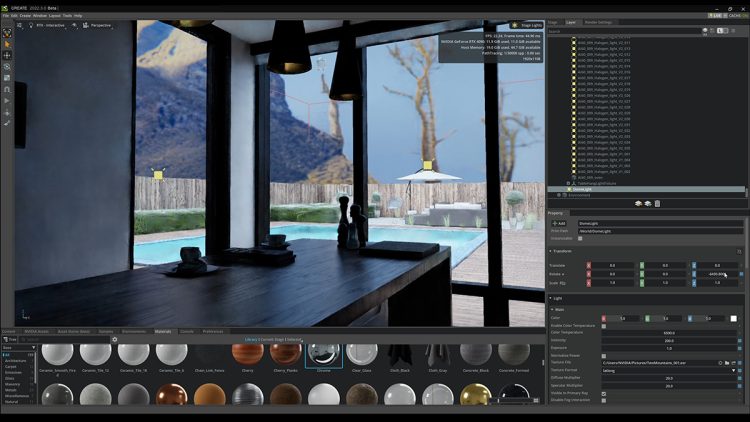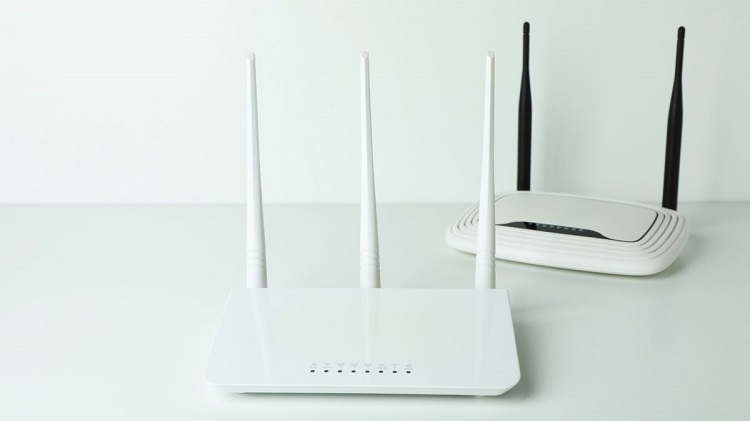NVIDIA Omniverse: Revolutionizing 3D Workflows with Blender Integration

NVIDIA Omniverse, the groundbreaking 3D content and collaboration platform, has recently expanded its capabilities with the integration of Blender and Adobe applications[2]. This integration brings new possibilities for 3D artists and creators, allowing them to work seamlessly with Substance Materials and enhance their workflows[2]. In this article, we will explore the features and benefits of NVIDIA Omniverse’s integration with Blender, and how it revolutionizes the way 3D artists work.
Enhanced Material Editing with Substance 3D Integration
One of the key highlights of NVIDIA Omniverse’s integration with Blender is the enhanced material editing capabilities through the integration of Substance 3D[2]. With the Substance 3D plug-in, artists and creators can now directly work with Substance Materials sourced from the Substance 3D Asset platform or created within Substance 3D applications[2]. This integration streamlines the material workflow, allowing for a more efficient and seamless process[2].
The integration of Substance 3D with NVIDIA Omniverse opens up a wide range of possibilities for artists. They can now leverage the extensive library of Substance Materials available in Substance 3D Asset platform, or create their own materials using Substance 3D applications[2]. This integration empowers artists to achieve greater realism and visual fidelity in their 3D projects, while also saving time and effort in the material creation process[2].
Collaborative Workflows with Blender Integration
Another significant aspect of NVIDIA Omniverse’s integration is its collaboration capabilities with Blender. The integration allows multiple artists to work simultaneously on a project, making real-time collaboration a reality[1]. This feature is particularly beneficial for studios and teams working on complex 3D projects, as it enables seamless collaboration and enhances productivity.
With the Blender integration, artists can now work on different aspects of a project simultaneously, such as modeling, texturing, and animation, without the need for time-consuming file transfers or manual synchronization[1]. The real-time collaboration feature ensures that all team members are working on the latest version of the project, eliminating the risk of version conflicts and improving overall efficiency.
Accelerating Workflows with NVIDIA Omniverse
NVIDIA Omniverse is not just limited to integration with Blender; it offers a comprehensive platform for accelerating workflows and enhancing 3D projects[3]. The Omniverse platform provides a range of foundation apps that can be customized and enhanced by developers and technical teams[3]. These apps can be used as they are or serve as a starting point for building custom applications using the Omniverse Kit[3].
The flexibility and extensibility of the Omniverse platform empower artists and developers to tailor their workflows to their specific needs[3]. Whether it’s accelerating rendering processes, optimizing asset management, or creating custom tools, NVIDIA Omniverse provides the tools and resources to enhance productivity and streamline 3D workflows.
Conclusion
The integration of NVIDIA Omniverse with Blender opens up new possibilities for 3D artists and creators. With enhanced material editing capabilities through Substance 3D integration and real-time collaboration features, artists can now work more efficiently and achieve greater realism in their projects. Additionally, the flexibility and extensibility of the Omniverse platform enable artists and developers to customize their workflows and accelerate their processes. NVIDIA Omniverse continues to revolutionize the way 3D artists work, providing a powerful platform for collaboration, creativity, and innovation.





